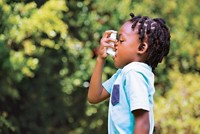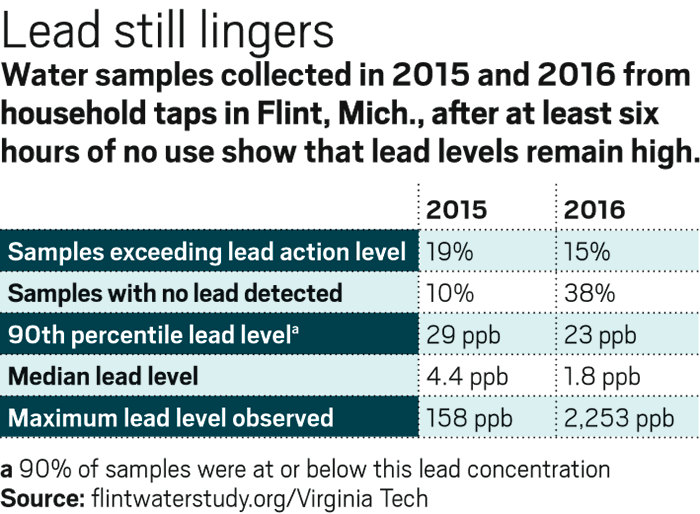Advertisement
Grab your lab coat. Let's get started
Welcome!
Welcome!
Create an account below to get 6 C&EN articles per month, receive newsletters and more - all free.
It seems this is your first time logging in online. Please enter the following information to continue.
As an ACS member you automatically get access to this site. All we need is few more details to create your reading experience.
Not you? Sign in with a different account.
Not you? Sign in with a different account.
ERROR 1
ERROR 1
ERROR 2
ERROR 2
ERROR 2
ERROR 2
ERROR 2
Password and Confirm password must match.
If you have an ACS member number, please enter it here so we can link this account to your membership. (optional)
ERROR 2
ACS values your privacy. By submitting your information, you are gaining access to C&EN and subscribing to our weekly newsletter. We use the information you provide to make your reading experience better, and we will never sell your data to third party members.
Environment
Blood Lead Levels Ebb After Hurricanes
Flooding in New Orleans after Katrina and Rita reduced lead in soils—and by extension in children.
by Bethany Halford
May 3, 2010
| A version of this story appeared in
Volume 88, Issue 18
The devastating floods in New Orleans brought on by Hurricanes Katrina and Rita in 2005 managed to deposit clean sediments on top of large areas of the city’s topsoil. In doing so, the storms dramatically altered the amount of lead contamination in the city. According to a new report, overall lead levels in the city’s soil declined by 46%, and that drop was reflected in the blood lead levels of the city’s children (Environ. Sci. Technol., DOI: 10.1021/es100572s). A team led by Sammy Zahran of Colorado State University and Howard W. Mielke of Tulane University analyzed data on the blood of more than 13,000 New Orleans children. The data were collected by the Louisiana Childhood Lead Poisoning Prevention Program. The researchers found that children who lived in neighborhoods where the hurricane damage decreased soil lead levels by more than 50% had a 53% drop in blood lead levels. These children’s blood lead levels dropped by 2.28 μg/dL—a significant amount, considering that EPA guidelines define levels over 10 μg/dL as hazardous to children’s health.





Join the conversation
Contact the reporter
Submit a Letter to the Editor for publication
Engage with us on Twitter